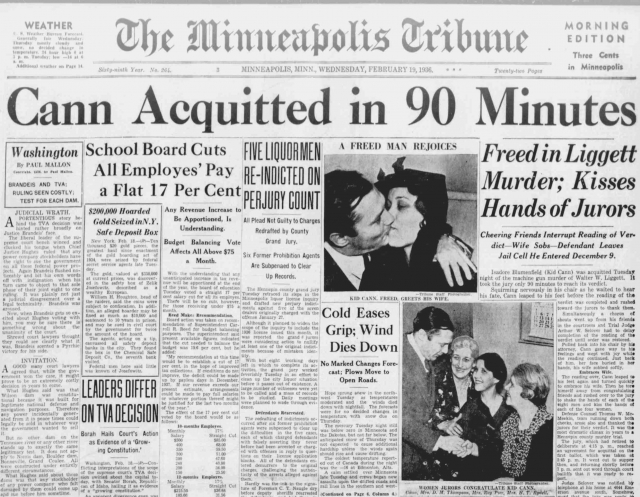News Articles - Truths
News Articles - Truths
Blog Article
Little Known Questions About News Articles.
Table of ContentsThe Ultimate Guide To News ArticlesThe 6-Minute Rule for News ArticlesNews Articles Fundamentals ExplainedThe News Articles PDFsThe Buzz on News Articles
Great knowledge of different topics offers students an one-upmanship over their peers. Despite the fact that electronic and social media sites are readily obtainable, we ought to not neglect how vital it is to read the papers. Moms and dads need to attempt and inculcate the behavior of reading a paper as a day-to-day routine to proceed the heritage of the revered print medium.Information tales additionally contain at least one of the adhering to important attributes family member to the desired target market: closeness, prestige, timeliness, human passion, oddity, or effect.
Within these limitations, information tales additionally intend to be extensive. Among the bigger and extra recognized papers, fairness and equilibrium is a significant element in presenting details.
Papers with a global target market, for instance, often tend to utilize a much more formal design of writing. The specific options made by a news electrical outlet's editor or editorial board are commonly gathered in a design guide; usual style guides consist of the and the US Information Style Publication. The main objectives of news writing can be summed up by the ABCs of journalism: accuracy, brevity, and quality.
The Best Guide To News Articles
Generally, reporters will not use a long word when a short one will do. They utilize subject-verb-object building and dazzling, energetic prose (see Grammar). They supply stories, instances and allegories, and they hardly ever rely on generalizations or abstract concepts. Information authors attempt to prevent utilizing the exact same word greater than when in a paragraph (occasionally called an "resemble" or "word mirror").
Headings sometimes leave out the topic (e.g., "Leaps From Boat, Catches in Wheel") or verb (e.g., "Cat woman lucky"). A subhead (also subhed, sub-headline, subheading, caption, deck or dek) can be either a subservient title under the main heading, or the heading of a subsection of the short article. It is a heading that comes before the major text, or a team of paragraphs of the major text.

Added signboards of any of these kinds may appear later in the post (especially on succeeding web pages) to lure further reading. Such billboards are also utilized as guidelines to the write-up in other sections of the magazine or website, or as advertisements for the item in various other magazine or sites. Common framework with title, lead paragraph (summary find more information in bold), other paragraphs (information) and contact info.

Example of a hard-lead paragraph NASA is proposing one more space job. The budget plan requests around $10 billion for the project.
The NASA announcement came as the agency asked for $10 billion of appropriations for the project. An "off-lead" is the 2nd crucial front web page news of the day. The off-lead shows up either in the top left corner, or directly below the lead on the right. To "bury the lead" is to start the short article with history info or information of additional value to the visitors, compeling them to find out more deeply right into a post than they should have to in order to uncover the important factors.
What Does News Articles Mean?
Typical usage is that a person or two sentences each form their very own paragraph. Journalists normally explain the organization or structure of a news story as an inverted pyramid. The essential and most fascinating aspects of a story are put at the beginning, with supporting information following in order of lessening importance.
It allows individuals to discover a subject to only the deepness that their right here interest takes them, and without the imposition of details or subtleties that they can take into consideration pointless, but still making that information available to more interested viewers. The upside down pyramid framework likewise enables articles to be cut to any type of arbitrary size throughout layout, to suit the area offered.
Some writers begin their stories with the "1-2-3 lead", yet there are many sort of lead offered. This format usually starts with a "5 Ws" opening paragraph (as described over), followed by an indirect quote that offers to support a significant aspect of the first paragraph, and afterwards a direct quote to sustain the indirect quote. [] A kicker can that site refer to multiple points: The last story current broadcast; a "satisfied" story to finish the program.
Longer short articles, such as publication cover short articles and the pieces that lead the inside sections of a paper, are referred to as. Attribute stories vary from straight information in several ways. Foremost is the absence of a straight-news lead, a lot of the time. Rather than using the essence of a tale up front, function writers may attempt to tempt viewers in.
An Unbiased View of News Articles
An attribute's initial paragraphs usually connect a fascinating minute or event, as in an "anecdotal lead". From the details of an individual or episode, its view quickly widens to generalizations regarding the story's subject.

The Editor's Tool kit: A Reference Guide for Beginners and Professionals (2001) Allan M. Siegal and William G. Connolly. The New York City Times Guidebook of Style and Usage: The Authorities Design Overview Used by the Writers and Editors of the World's The majority of Authoritative Newspaper (2002) M. L. Stein, Susan Paterno, and R.
Report this page